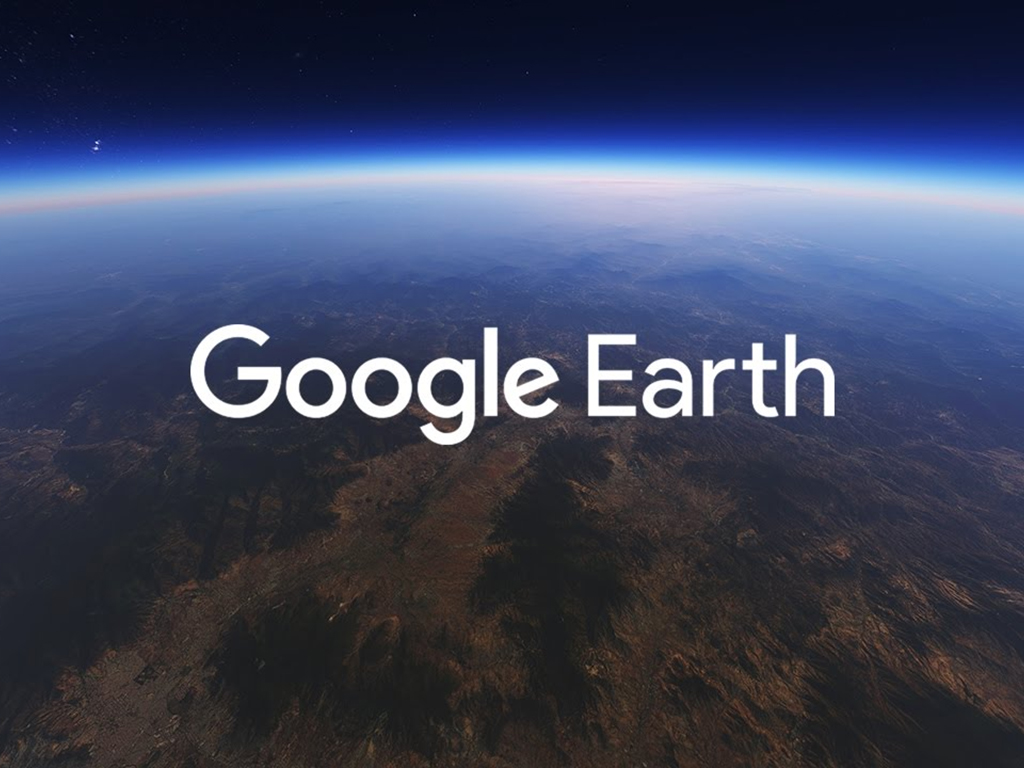
NRES 498: Introduction to Google Earth Engine for Analysis of Remote Sensing and Geospatial Data
- Do you want to easily and quickly process huge amounts of GIS and remote sensing data, including your own data?
- Do you want to visualize processed data in near-real-time for the entire globe?
- Do you want ready access to collections of hundreds of satellite-based, weather-based and natural-resource oriented products?
- Do you want to process data without worrying about projections and coordinate systems or how GIS data is handled?
- Do you want to take advantage of cloud based GIS data processing to quickly produce time series?
- Do you want to save hardware costs using cloud computing?
If yes, then you might be interested in taking the 2 credit mini-course NRES 498: Introduction to Google Earth Engine for Geospatial Systems and Remote Sensing.
During the January 3-Week Session (January 4 through January 22), Dr. Ayse Kilic will teach NRES 498: Introduction to Google Earth Engine for Analysis of Remote Sensing and Geospatial Data. NRES 498 will be a 2 credit hour course that will introduce geospatial processing using the Google Cloud. The course will meet online on Mondays, Wednesdays, and Fridays from 12:00 noon to 2:50 pm.
Required Materials
Computer with fast internet access; Chrome browser; an extra monitor is recommended to simultaneously view lecture, lecturer and write scripts on GEE; a GMAIL account; a spreadsheet application. No textbook. Reading materials will come from the web.
Course Prerequisites
Previous experience with Earth Engine or JavaScript is not necessary, but some sort of programming experience is recommended. Willingness to learn programming is required. Basic knowledge of GIS is recommended, but not required. Prior experience with remote sensing data will be useful, but not required. Lack of knowledge and/or experience will require students to conduct additional, independent remedial reading as directed by the instructor.
Course Description
This is an interactive course that will introduce students to the Google Earth Engine (GEE) playground and JavaScript (similar to Python) scripting language where they can perform geospatial processing using the Google Cloud. Students will utilize GEE Public Datasets and repositories that include data on climate, satellite imagery (Landsat, MODIS, Sentinel), aerial imagery (i.e. NAIP, UAV), Geophysical (Terrain, Land Cover, Cropland data) and other data types. Conduct Geoprocessing and analysis on vector (feature) and raster (image) datasets. Apply analysis-based functions on image and feature collections. Calculate land cover change, land cover indices, and natural system processes. Overview of satellite imagery processing, projection and coordinate systems. Introduction to advanced features of the Earth Engine API with applications in deforestation, stream systems, gridded weather and mapping water use.
A copy of the full preliminary syllabus can be found here.